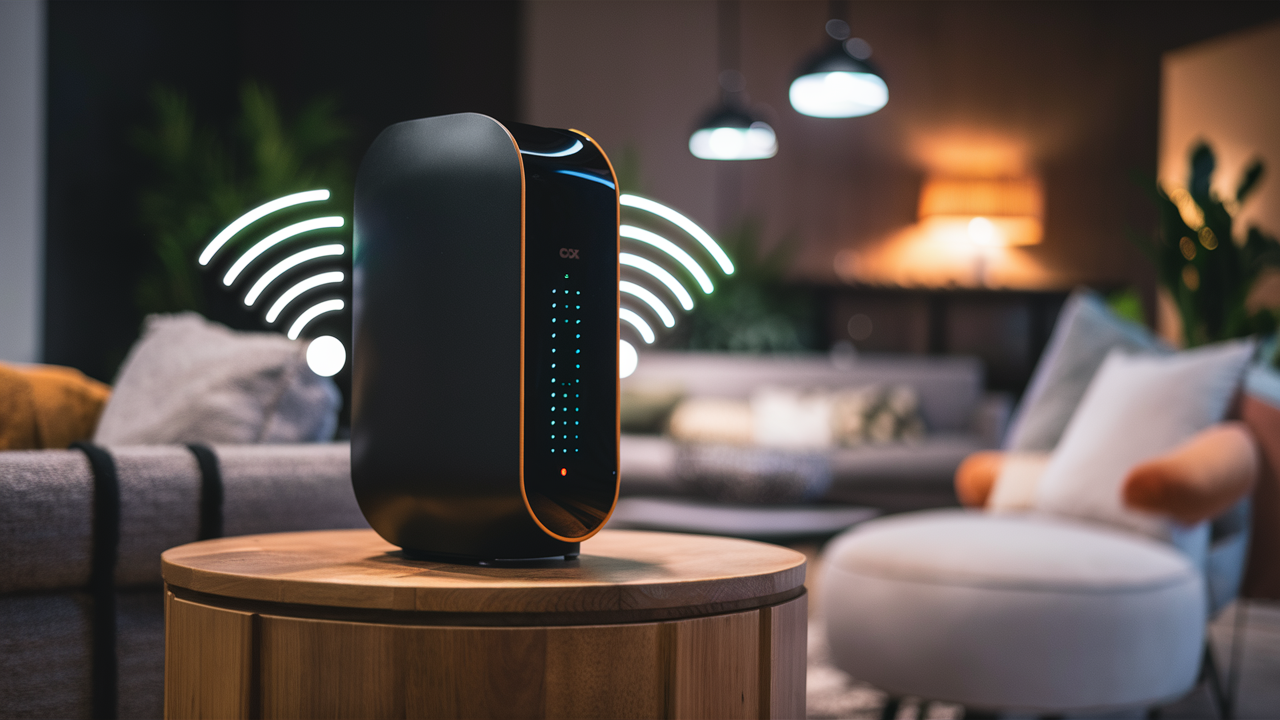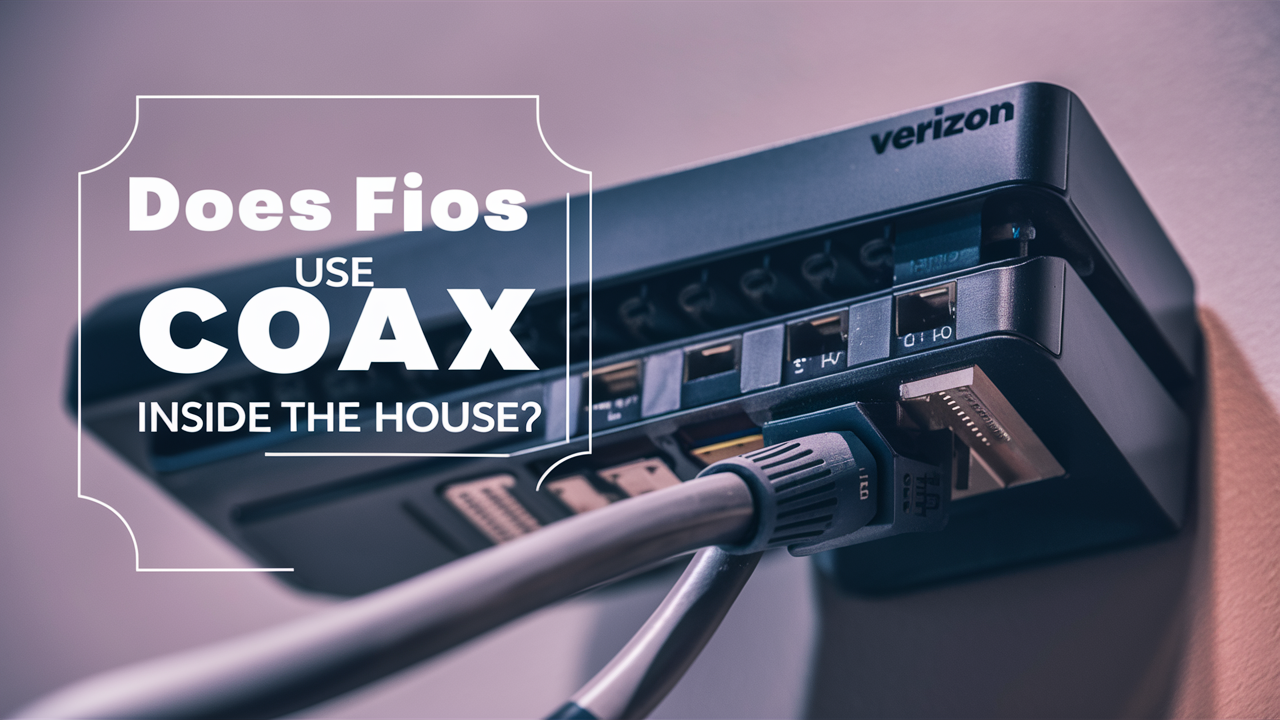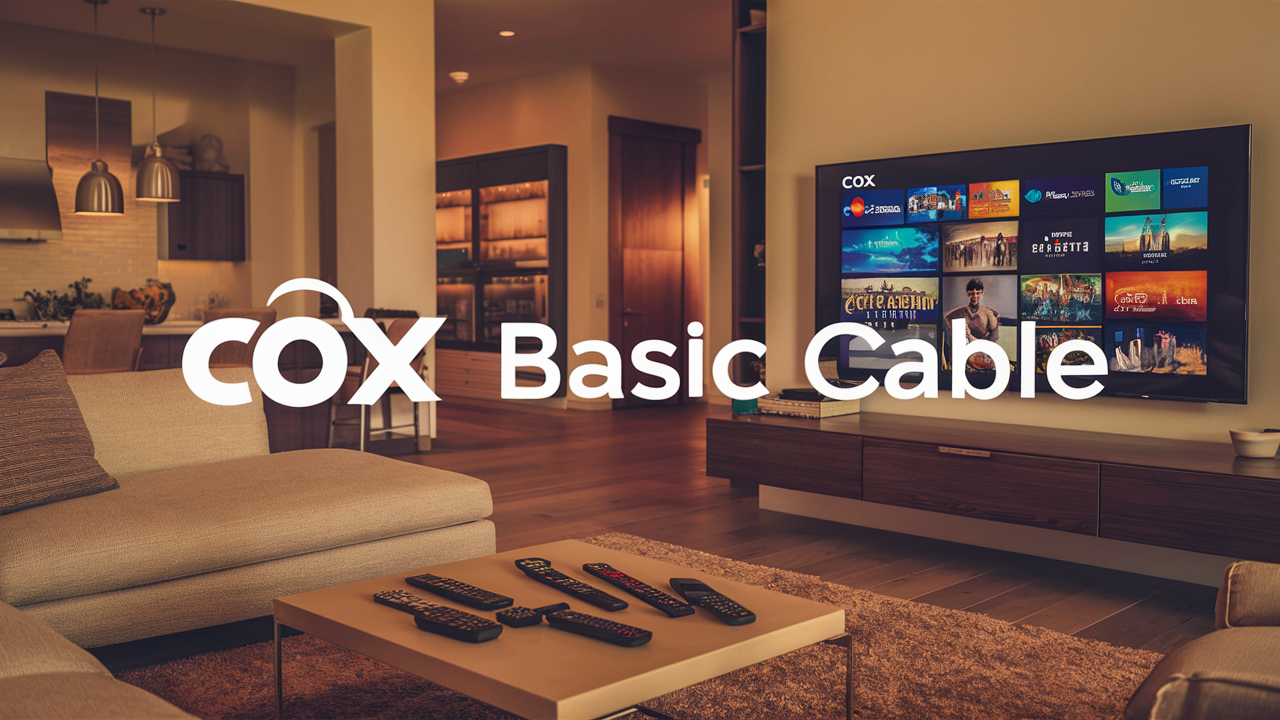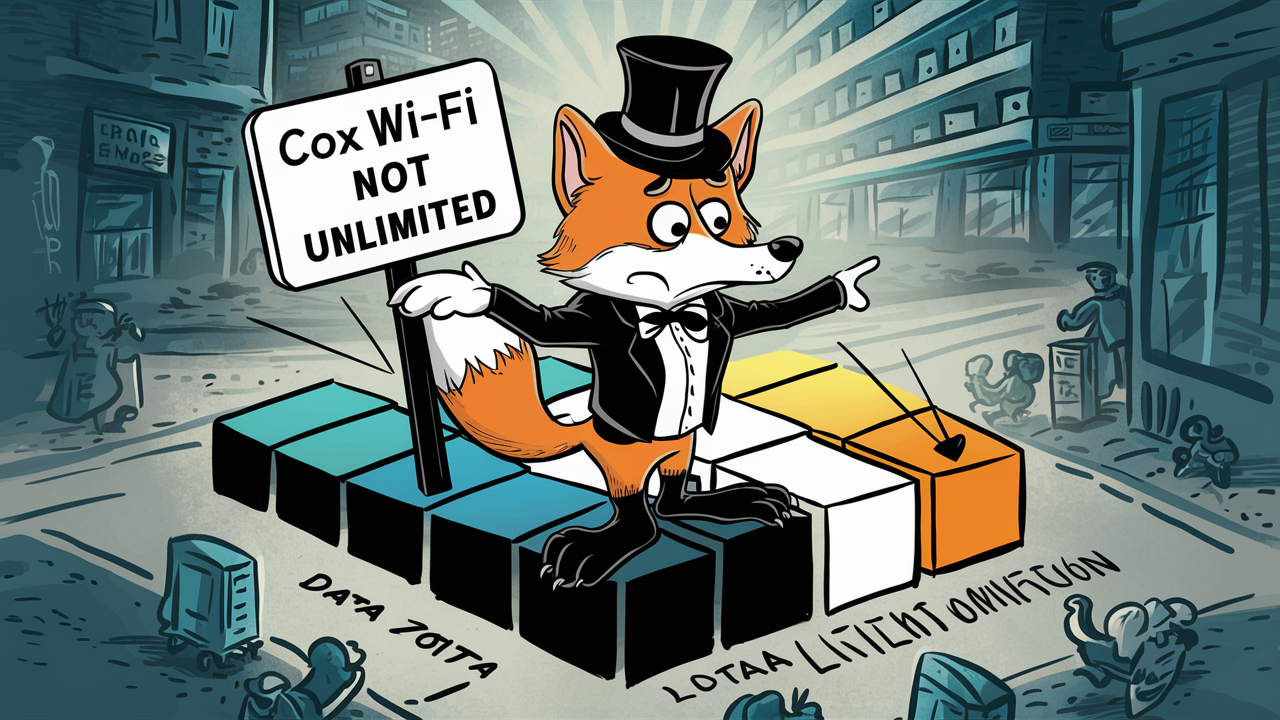Does Cox have a Mesh Router?

Generally, Mesh wifi systems have gained popularity over the recent past as a means of achieving strong and reliable wifi signal within a given home. Mesh routers function by using several nodes that connect to form multiple access points, which helps in covering a given area with wifi. This does away with the congestion and ensures that regardless of your location in the house you can connect to the internet.
Yes, wireless mesh routers connect with Cox Internet and wifi services as we have discussed above. So let me take a closer look at these texts.
What is a Mesh Network?
In layman’s terms, a mesh network is a wifi system where there are many connecting points to cover a larger area. All the access points are connected in such a way that they can be seen as one single network with the same SSID and password. This makes roaming between access points instantaneous, and all your devices will be able to move from one point to another without dropping the connection.
Mesh networks are different from conventional router configurations where there is a single main base router. The range from standard routers is limited, there are few options and this leads to cases where there are what is known as wifi dead zones in your house. Mesh systems do this through the supplementary satellite units that increase the signal penetration to other areas that may have been inaccessible.
Benefits of Mesh Networks
There are many advantages to upgrading to a mesh network:
- Whole home coverage – Mesh wifi covers the areas in your home with good wifi signals unlike having certain sections devoid of wifi signals.
- Convenience – Multiple connection points divide the network traffic, allowing each user to connect to the internet at a faster rate even when all users are connected to the internet.
- Easy to install – Setting up a mesh system just involves connecting Wi-Fi mesh devices to a power outlet, and pairing them together is relatively easy even for non-tech-savvy individuals.
- Ease of adaptation – Unlike traditional rigid meshes, mesh nodes may be relocated specifically to areas that require reinforcement.
- Smart Roaming – The devices have a mechanism that helps them change the nodes for better connection as you move.
Thus, it becomes clear why consumers with poor router connectivity would find mesh networks appealing with all these perks lined up for them.
So, does Cox provide mesh routers?
Currently, Cox Communication is one of the key ISPs providing Internet solutions in the country. However, is Cox supplying its customers with mesh router systems?
However, it must be noted that while many Cox branches do offer mesh network routers, it is not standard practice for Cox since it does not offer such routers as part of its service and equipment lineup. These include; The modems and routers that Cox provides, all continue to act as single point-of-entry systems.
However, this doesn’t mean that you cannot have a mesh system in your home if you are a subscriber of Cox Internet. I am just stating you will have to buy your mesh wifi hardware instead of subscribing through Cox.
Getting started with mesh systems with Cox Internet is easy owing to the compatibility of the most popular brands of mesh routers with any high-speed ISP.
Best Mesh Systems to Use with Cox Internet
It is important to understand that not all mesh systems are created equal and that their performance as well as user requirements can vary significantly. Here are some of the top-rated mesh router options ideal for Cox Internet customers wanting better home wifi coverage:
Google Wifi Mesh System
A single Google Wifi point can extend coverage of up to 1,500 square feet, and three Google Wifi points can cover up to 4,500 square feet of your home with a fast and reliable internet connection that is provided by intelligent software that constantly selects the best path for maximum speed. These mesh nodes are easy to use considering that one can set them up directly from your phone.
eero Mesh Wifi
The eero Pro line from Amazon operates in the tri-band frequencies to lessen the congestion and three devices can cover an area of 6,000 square feet. At the core of Eero’s home network management is the Eero app, which is extremely easy to use even for those who have little or no technical knowledge.
Netgear Orbi
To enhance the backhaul performance and minimize interference while transferring data from the router to the satellites, Netgear Orbi routers have designated a separate wifi band for backhaul only. This Tri-band system can potentially offer high-performance wifi to over 5,000 square feet.
Linksys Velop Intelligent MeshTM
These Velop nodes have features such as MU-MIMO and Tri-Band that make it easy to achieve seamless roaming and offer speeds of over 2Gbps. Security and parental controls, antivirus, and speed tests are located in the Linksys application for further management.
Ubiquiti AmpliFi Mesh Platform
AmpliFi features a touchscreen central unit that works in conjunction with one-button plug-and-play satellite units to provide complete house-wide Wi-Fi connectivity. This system has the capabilities of speeds up to 1750 Mbps and manages the connections of more than 100 devices without any issues.
It is important to note that Cox only supports certain third-party mesh routers, and the process of setting up the equipment is slightly different depending on the manufacturer.
Cox does not have a direct mesh network offering but it does offer guidance on how to implement a mesh system on your Cox internet. Here is an overview of getting mesh wifi operational:
1. Choose a mesh system - Select mesh nodes that can effectively provide coverage for the size of the home in terms of square footage and number of floors. This is why one should select such service providers or products such as triband that are designed to reduce congestion.
2. Get started with the Cox internet service - If you haven’t subscribed to the Cox home internet service, get the high-speed internet connection set up first. This may involve renting a basic Cox gateway modem/router at first out of the gate.
3. Modem settings to allow bridge mode – Cox – To ensure that your mesh works properly, you will want your Cox gateway in ‘bridge mode’. This transforms the router and it works just like a modem, directly passing the external connection to your mesh network. They should come with instructions on how to switch to bridge mode and these are available at the Cox site.
4. Help on the Cox internet – Provide an outline of steps to follow when setting up your new mesh nodes after putting them in bridge mode to properly connect to the incoming Cox internet signal. The idea is to place satellites in strategic areas of your home.
5. This is where the internet signal is transmitted across your home and connected devices; Make sure to check for seamless hand-off roaming after the initial setup. Other settings, for example, guest access can also be adjusted through your mesh provider’s app as you want.
Once those steps have been done the Cox mesh system can integrate with your new mesh system for even stronger and more versatile wifi for your home.
There are the following factors to think about when choosing mesh for Cox Internet:
Here are a few key factors to weigh when evaluating mesh systems for improving your Cox home network:
WiFi Standards and Speeds
Descriptions should include such key aspects as WiFi 5 (802.11ac) and WiFi 6 (802.11ax) support as well as the minimum AC1200 speeds. These specs facilitate the efficient transfer of data on mesh networks without much strain. Try to achieve the same or slightly lower speed than what you have with Cox Internet.
Syncing Multiple Nodes
The mesh nodes have to be intelligent and must constantly check for link statuses and select the appropriate channels for communication between base units and satellites. This ensures that the wifi is dependable throughout all the access points needed.
Security Protocols
Wireless mesh systems should have standard security features, such as WPA2 or WPA3 security protocols for encryption. Some also get firewalls, malware protection, and other potential threat detection as optional extra features.
Smart Home Compatibility
If you are already using IoT devices and voice assistants, confirm that your mesh choice works with most of the major smart home ecosystems. This guarantees optimum usage of all appliances that can be connected to transformers, and optimal usage of lights, and outlets among others.
Bandwidth Monitoring
This feature of the software comes in handy in exploring the current usage but most importantly the possibility of putting in certain restrictions across the network enabling the determination of the amount of bandwidth that is accessible. Other QoS settings that are also selective for particular devices are also possible.
Warranty and Support
Multi-year warranties provide some assurance regarding viability and maintenance to some extent. However, also check what technical support is offered including information such as articles and tools to help with issues when setting up or using mesh wifi.
If they must depend on Cox for internet connectivity, the best way of attaining reliable home coverage is by purchasing your mesh router. When one employs Cox’s bridge mode alongside the right quality mesh product to serve the smart home requirements, the experience is positive on the networking aspect.
Coping Strategies of Mesh Router Connection Challenges
It is common to face some issues during the deployment of new technologies including when implementing mesh routers within the Cox home network. If you experience weak signals, unstable connections, or speed reductions, try these troubleshooting tips: If you experience weak signals, unstable connections, or speed reductions, try these troubleshooting tips:
- Read and adhere strictly to the bridging guidelines issued by Cox when engaging your mesh system with Cox’s equipment, always ensure the router mode is activated. This means that failure to follow the sequence can hinder effective communication processes.
- I explained that mesh nodes should be located away from appliances and electronics which can interfere with network signals. Guide for clearer pathways by adjusting the position of the routers.
- What researchers have found is that, if there is too much distance between nodes, then quality and efficiency are compromised. Move units closer if linkages weaken in some areas, It is also advisable to relocate units closer together if the linkages weaken in specific areas.
- The firmware should be updated to make sure one uses the current mesh firmware version that supports the connectivity standards, which Cox employs.
- Factory reset meshes to remove any wrong configuration creating clashes among them. Then carefully reconfigure based on each manufacturer’s specific recommendations.
- Further, customers should consult with Cox support to ensure that all bridging settings provided correspond to their requirements. They may also investigate your home network for other problems if they still arise.
- Utilize technical support from your mesh company for the diagnosis and recommendation of systems in the specific network.
Systematically identifying potential issues while navigating through trouble areas, and seeking help from both Cox and mesh vendors is usually sufficient to address integration issues.
In Conclusion – Key Takeaways The focus and selectivity of the conference were extremely positive, and the ability to focus on current rather than emerging issues was also a definite advantage.
Third-party mesh networking enables you to achieve better wifi coverage through your Cox internet service:
- Mesh systems deploy powerful Wi-Fi in larger spaces than regular routers. Undoubtedly, the device helps get rid of dead zones!
- Most consumer-level mesh routers are highly compatible with different ISP connections after completing the bridge mode configuration.
- Cox does not promote mesh networks either, but it gives suggestions concerning the bridging which will enable you to incorporate your mesh nodes.
- Well-configured Google Wifi and Eero-ranked mesh networks have been proven to enhance internet connectivity from Cox when properly installed.
- To correctly set up mesh routers, the first step is to switch equipment from Cox to bridge mode.
- There could be certain improvements concerning the position of nodes, updates, and resets that can help remove certain glitches. If necessary, utilize Cox and mesh vendor tech support to optimize your mesh Wi-Fi network.
Yes, proper mesh gear and configuration will allow you to have wifi from the basement to the backyard for all your streaming, browsing, and smart home usage!
Ready to upgrade your internet experience? Call us now at +1 844-349-7575 to explore the best Cox Internet plans for your needs!





